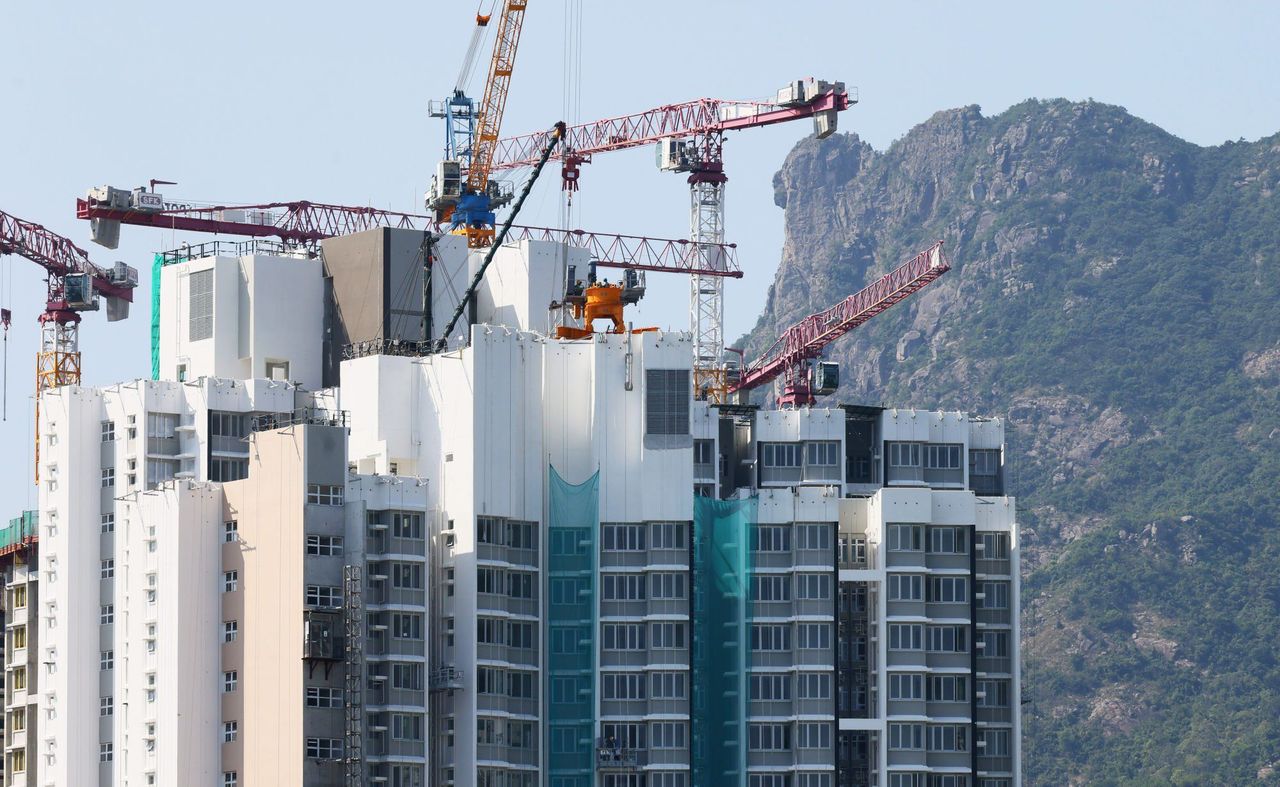Hong Kong News

Hong Kong’s old buildings still have green potential
While there was plenty of fanfare around COP27’s historic agreement to set up a loss and damage fund, I would have liked to see more coverage on the progress being made in other key areas, such as policies focused on the built environment.
That said, it’s not just about government action. The private sector should similarly set ambitious energy targets and work towards them through a range of strategies.
Hong Kong is well-known for its built environment of high-rise urban areas, set adjacent to subtropical hilly and even mountainous terrain. For decades, the city has been one of the world’s most densely populated places, with most of its 7 million residents living and working in skyscrapers.
New buildings in Hong Kong are often portrayed as a symbol of success. But in a sustainability-focused world, should we be so quick to demolish and rebuild?
Properties globally are some of the biggest energy consumers in the world, accounting for one-quarter to one-third of all energy use, and a similar amount of greenhouse gas emissions, according to a paper in ScienceDirect. Chief Executive John Lee Ka-chiu noted in his maiden policy address that more than 60 per cent of Hong Kong’s carbon emissions are attributable to generating electricity for buildings.
Developers and landlords have recognised for years that they have a responsibility to reduce emissions. Back in 1995, Hong Kong developers came together to establish the BEAM building standard, especially for construction in subtropical climates. In 2007, the Asia Business Council published a book called Building Energy Efficiency: Why Green Buildings Are Key to Asia’s Future.
The book references a McKinsey Global Institute study which found that improvements to existing buildings are four of the five most cost-effective measures that can be taken to reduce all greenhouse gas emissions (the fifth was improving energy efficiency in commercial vehicles).
 A residential building under construction in Hong Kong on October 11.
More than 60 per cent of Hong Kong’s carbon emissions are attributable
to generating electricity for buildings.
A residential building under construction in Hong Kong on October 11.
More than 60 per cent of Hong Kong’s carbon emissions are attributable
to generating electricity for buildings. It’s no wonder, then, that the saying goes: “The greenest building is the one that is already built”. As such, despite the continual clang of cement mixers and drilling that has become white noise in Hong Kong, much of the building work taking place is done behind the scenes, as developers refit current buildings with energy-efficient components.
Leading developers in Hong Kong spend hundreds of millions of dollars each year to retrofit existing assets to drive energy efficiency.
Today’s property owners need to have a great deal of imagination. On the one hand, we have to continuously be on the lookout for new property technology to increase the energy efficiency of our buildings.
On the other, we need to ensure existing technology can be easily upgraded or adapted to support new ideas that have yet to be invented. It’s a more difficult path to follow than constructing a new building, but it is worth the effort.
An example of imagination at play is the so-called blue economy, the sustainable use of ocean resources for economic growth. The idea of the blue economy was only conceived in 2012 at the Rio+20 United Nations Conference on Sustainable Development. Yet, more than 90 years ago, building owners in Hong Kong began to use seawater for cooling systems. It was a huge, imaginative step forward.
The real estate industry in Hong Kong has really stepped up when it comes to reducing its carbon footprint, as demonstrated by the sector leading the way for science-based target commitments.
Four out of the 10 companies in Hong Kong which have their 1.5 degrees Celsius-aligned greenhouse gas emissions targets validated by the Science Based Targets initiative (SBTi) are property developers. While we are delighted that developers are aspiring to LEED and BEAM certification for new buildings, we know that reinvesting in existing buildings is disproportionately important for achieving a net-zero carbon future.
That’s why property owners are introducing smart technologies to create digital management systems that reduce energy consumption and waste production.
To be truly efficient, developers need to install a central monitoring system which integrates the management of buildings with device sensors, security cameras, AI technologies and mobile apps to provide centralised oversight.
Efforts in the real estate industry to retrofit and reuse are not only underpinned by the need to perform well environmentally, but are necessary to meet changing user expectations. Tenants are becoming more discerning about the buildings they occupy and consider landlords’ green credentials when moving to a new building.
The drive to retrofit has gathered momentum over recent years. Repositioning and refurbishing existing buildings to meet the evolving needs of society and the economy allows us to reuse building materials and avoid the need for new site work, which can reduce emissions significantly when compared with a new building.
These are just part of our efforts to decarbonise Hong Kong’s property market and are a positive step towards achieving net-zero by 2050. The private sector can take more initiative in collaborating with governments and NGOs to achieve a common climate change goal.











